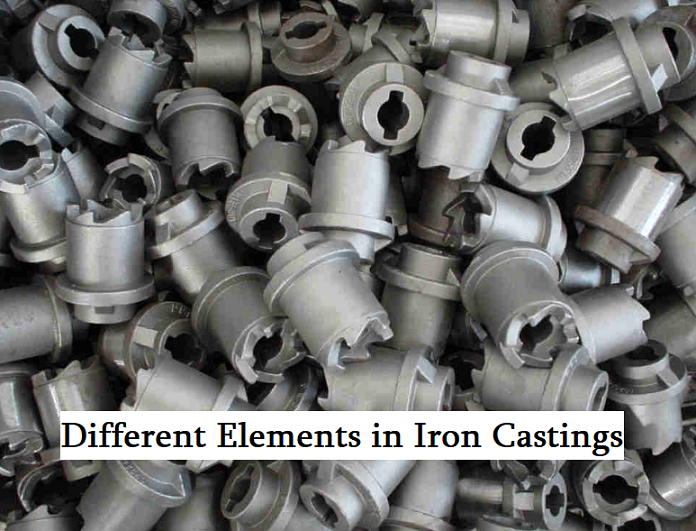Key Elements in Cast Iron and Their Impact on Performance: How to Optimize Cast Iron Composition
2024-12-10 09:46:35 hits:0
1.Key Elements in Cast Iron and Their Impact on Performance
Cast iron is a commonly used engineering material, widely applied in industries such as machinery, automotive, and construction. The composition of cast iron directly determines its performance, with key elements including iron, carbon, silicon, manganese, phosphorus, sulfur, and various alloying elements. These elements interact with each other in different proportions, giving cast iron different physical and mechanical properties. By selecting and optimizing these elements, cast iron can be tailored to meet specific application requirements, improving both production processes and cost control.1.1 Carbon (C)
Carbon is one of the most important elements in cast iron, typically present as graphite or cementite. The carbon content directly affects the hardness, strength, plasticity, and castability of the material.- High Carbon Content: Increases hardness and wear resistance but reduces toughness, making the material more brittle. Suitable for wear-resistant parts or applications requiring high hardness.
- Low Carbon Content: Improves toughness and plasticity, making it ideal for parts that need to withstand impact and tensile loads, such as structural components and automotive parts.
1.2 Silicon (Si)
Silicon acts as a deoxidizer in cast iron, helping to promote the formation of graphite, which improves fluidity and castability.- Moderate Silicon Content: Enhances oxidation resistance and castability, ideal for complex-shaped castings.
- Excessive Silicon: Can lead to high hardness, reduced toughness, and is unsuitable for applications requiring high impact resistance.
1.3 Manganese (Mn)
Manganese helps to combine with sulfur to form manganese sulfide, reducing the negative effects of sulfur. It also improves strength, hardness, and wear resistance in cast iron.- Moderate Manganese Content: Increases strength, hardness, and wear resistance, ideal for parts requiring high strength and durability.
- Excessive Manganese: Increases brittleness, potentially leading to hot cracking and production issues.
1.4 Phosphorus (P)
- Moderate Phosphorus Content: Improves flowability, suitable for casting complex shapes.
- Excessive Phosphorus Content: Increases brittleness, negatively affecting impact resistance.
1.5 Sulfur (S)
Sulfur generally has a negative impact on cast iron, as high sulfur content increases brittleness and compromises mechanical properties.- Low Sulfur Content: Reduces brittleness and improves overall mechanical performance.
- Excessive Sulfur Content: Increases brittleness and lowers the strength and ductility of cast iron.
1.6 Alloying Elements (Nickel, Chromium, Molybdenum, etc.)
Adding alloying elements to cast iron improves its wear resistance, high-temperature performance, and corrosion resistance, making it suitable for specialized applications.- Nickel (Ni): Enhances toughness and corrosion resistance, commonly used in castings that require high durability and resistance to corrosion.
- Chromium (Cr): Increases wear resistance and high-temperature resistance, suitable for high-temperature or abrasion environments.
- Molybdenum (Mo): Enhances strength and resistance to creep under high temperatures, ideal for high-pressure and high-temperature applications.
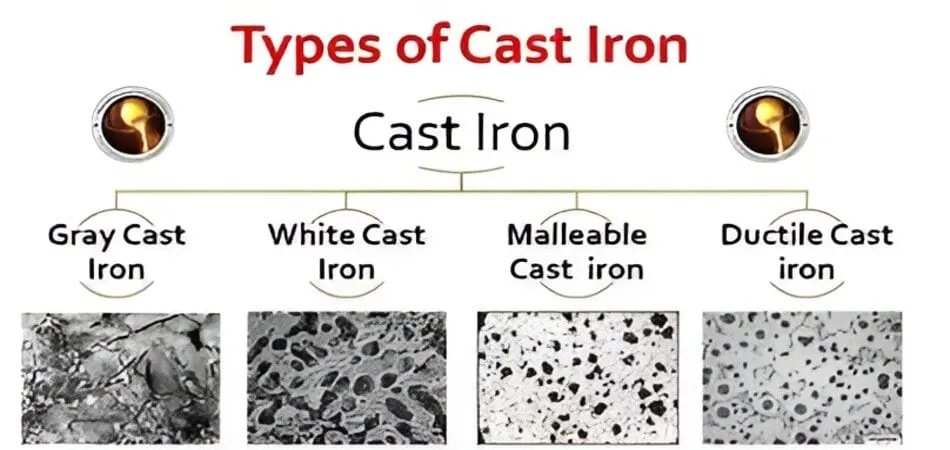
2.How to Optimize Cast Iron Composition for Different Applications?
Optimizing the composition of cast iron depends on its application and performance requirements. By designing the composition of different types of cast iron, manufacturers can meet specific mechanical, wear, and corrosion resistance needs. Below are some common types of cast iron and their composition optimization strategies.2.1 Gray Cast Iron
Gray cast iron is commonly used in machine parts, machine tool beds, engine blocks, and other components that require good vibration damping and castability. In gray cast iron, carbon primarily exists as graphite, which provides good flowability and damping properties.- Recommended Composition: Carbon (2.5%-4%), Silicon (1%-3%), Manganese (0.5%-1.0%), Phosphorus (<0.1%), Sulfur (<0.05%).
- Application Features: Excellent vibration damping, good castability, suitable for casting complex shapes, with relatively lower toughness.
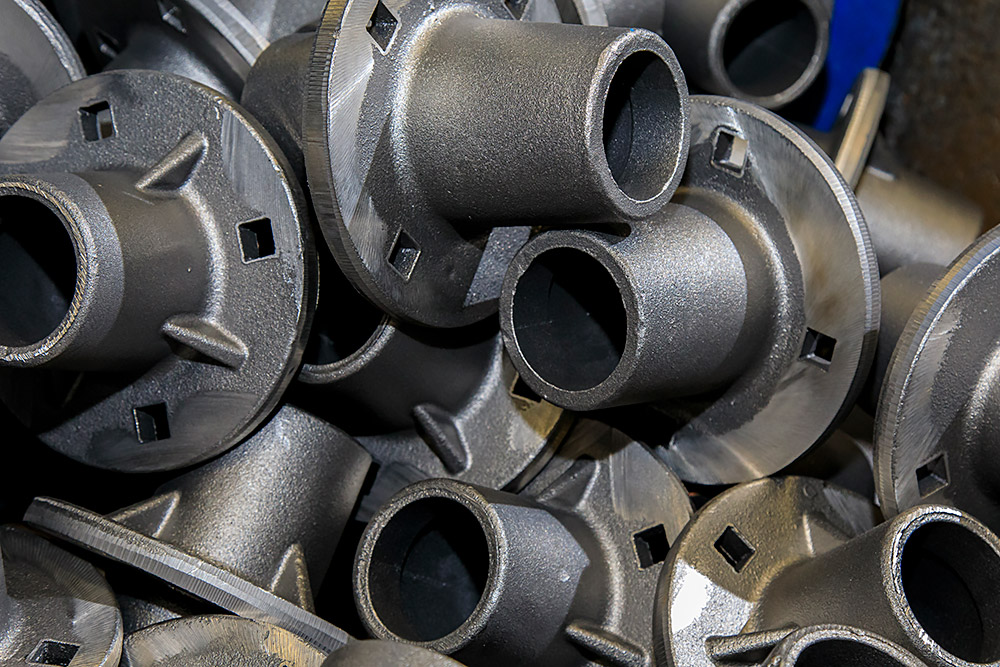
2.2 Ductile Cast Iron (Nodular Cast Iron)
Ductile cast iron, produced by adding magnesium or rare earth elements to form nodular graphite, significantly improves strength, toughness, and wear resistance. It is used in automotive parts, structural components, and other applications that require high strength and toughness.- Recommended Composition: Carbon (3.0%-3.7%), Silicon (2%-3%), Manganese (0.8%-1.5%), Magnesium (0.03%-0.05%).
- Application Features: High strength and toughness, excellent wear resistance, used in load-bearing components.
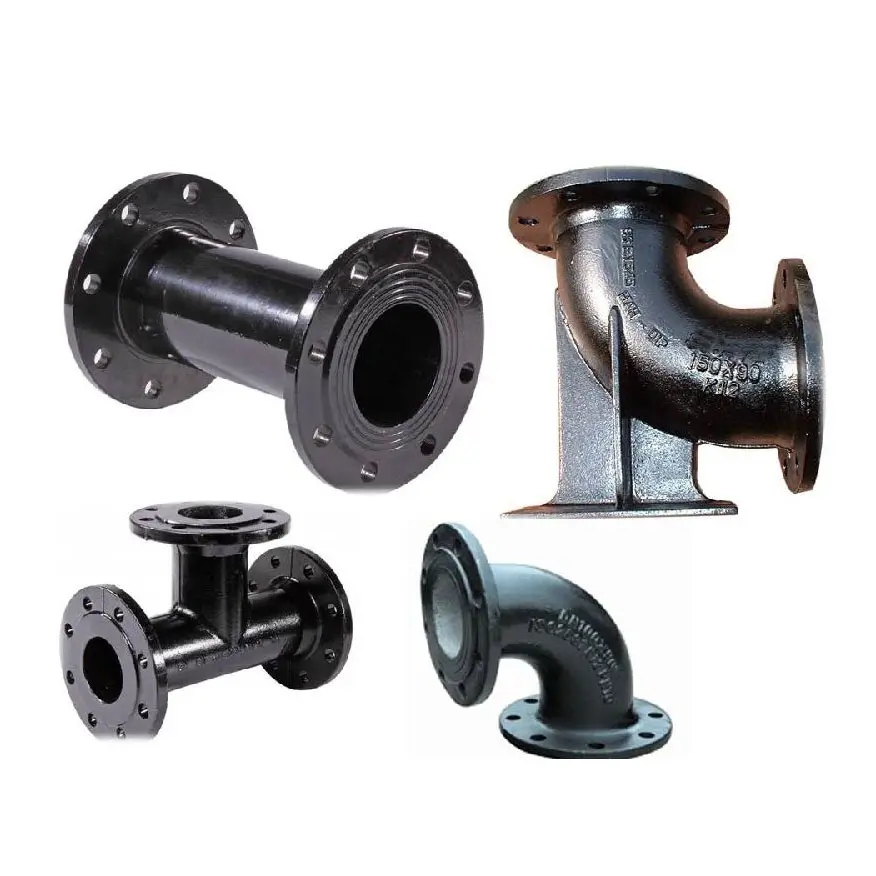
2.3 Wear-Resistant Cast Iron
Wear-resistant cast iron is ideal for environments subject to high abrasion, such as mining machinery and steelmaking equipment. To enhance wear resistance, elements like chromium and nickel are added.- Recommended Composition: Carbon (2.5%-3.5%), Silicon (1%-3%), Chromium (2%-6%), Manganese (1%-2%), Nickel (2%-4%).
- Application Features: High hardness and wear resistance, suitable for abrasive environments.
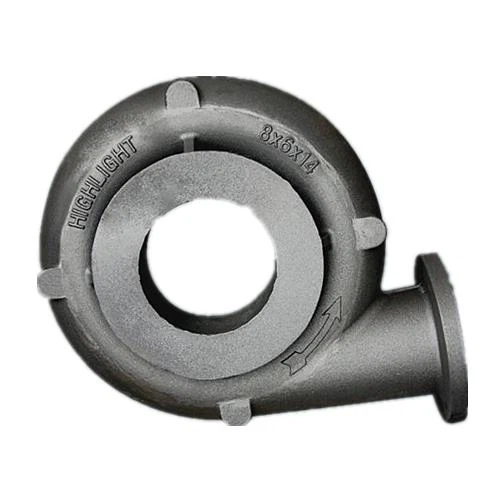
2.4 High-Temperature Cast Iron
High-temperature cast iron is used in applications such as boilers, engines, and gas turbines, where it must perform well under high temperature and pressure conditions, exhibiting good resistance to creep and high-temperature strength.- Recommended Composition: Carbon (2.5%-3.5%), Silicon (2%-3%), Molybdenum (0.5%-1.0%), Chromium (1%-2%).
- Application Features: Resistance to high-temperature creep, ideal for components used in high-temperature environments.

The performance and application of cast iron are highly dependent on the composition of its elements. By accurately controlling the content of these elements, manufacturers can tailor cast iron to meet specific strength, toughness, wear resistance, and other performance requirements. This not only enhances the quality of castings but also reduces production costs and optimizes manufacturing efficiency.
Whether it's gray cast iron, ductile cast iron, wear-resistant cast iron, or high-temperature cast iron, optimizing the composition is key to achieving the desired performance and extending the service life of castings.
We hope this article helps you better understand the impact of cast iron elements and how to optimize its composition for various applications.

 en
en  fra
fra  de
de  ru
ru  gle
gle  th
th  ara
ara  it
it  jp
jp  kor
kor  zh
zh 